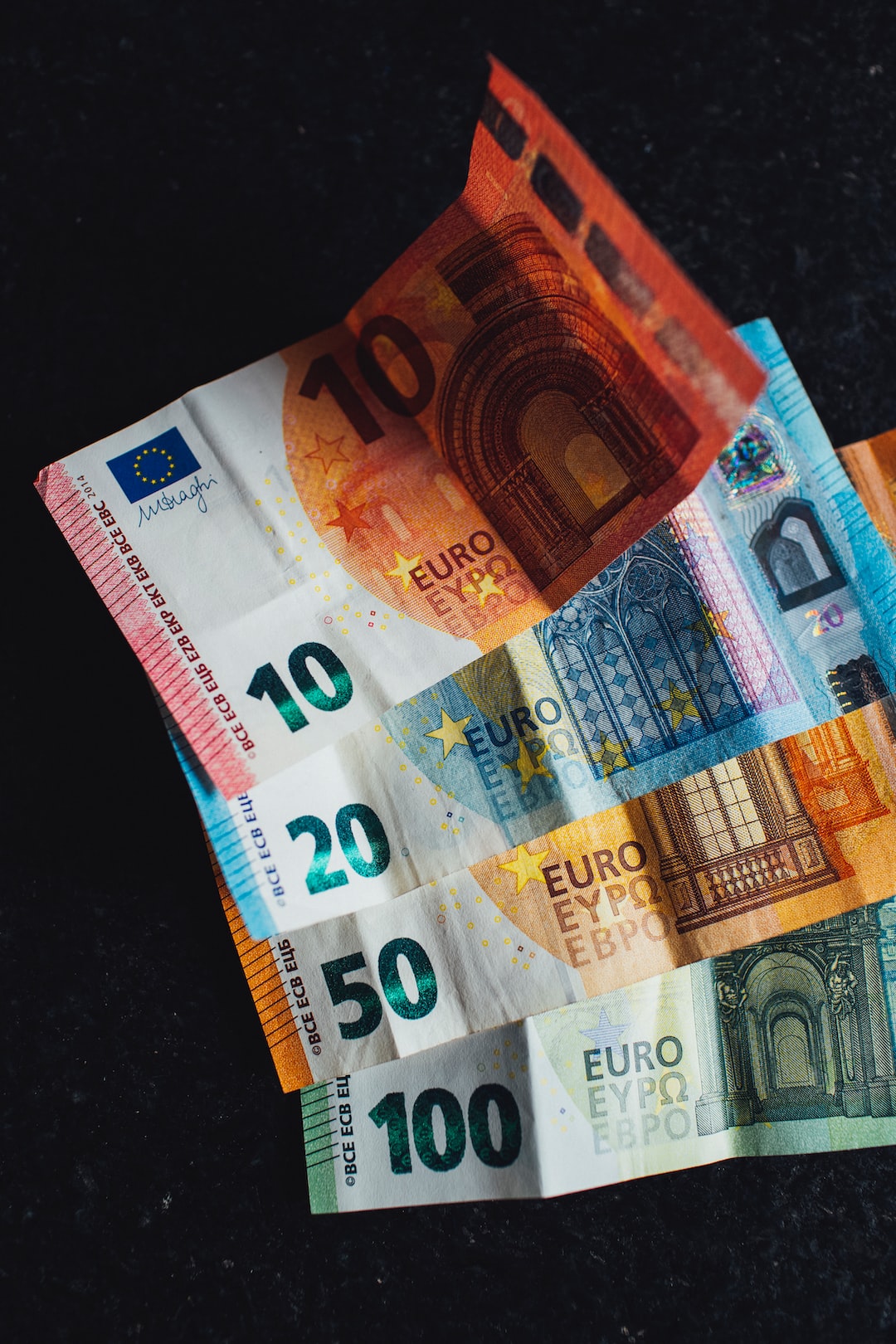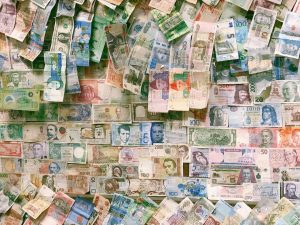Forex trading is one of the most lucrative investment opportunities available today. However, it is not just about buying and selling currencies. There are a lot of terms and concepts that you need to understand before you start trading. One such term is the rollover. This article will help you understand what rollover is and how it works in forex trading.
What is Rollover in Forex?
Rollover in forex refers to the process of extending the settlement date of an open position. In other words, it is the interest rate that is paid or earned when a trader holds a currency position overnight. Rollover is also known as swap or overnight interest.
When you open a position in forex trading, you are essentially borrowing one currency to buy another. Each currency has its own interest rate, and the difference between the two interest rates is known as the rollover rate. If you are holding a long position in a currency with a higher interest rate than the currency you are borrowing, you will earn interest. Conversely, if you are holding a short position in a currency with a higher interest rate than the currency you are borrowing, you will pay interest.
How Does Rollover Work?
Rollover works based on the interest rate differential between the two currencies in a currency pair. The interest rate differential is the difference between the interest rate of the currency that you are buying and the interest rate of the currency that you are selling.
For example, let’s say you are trading the EUR/USD currency pair. The interest rate in the Eurozone is 0.00%, and the interest rate in the United States is 0.25%. In this case, you will pay an overnight interest rate of 0.25% on the currency that you are borrowing (USD), and you will earn an overnight interest rate of 0.00% on the currency that you are buying (EUR).
The rollover rate is calculated based on the interest rate differential, the size of the trade, and the time that the position is held. The rollover rate can be positive or negative, depending on the interest rate differential and the direction of the trade.
If the interest rate differential is in your favor, you will earn a positive rollover rate. For example, if you are long the EUR/USD currency pair, and the interest rate in the Eurozone is higher than the interest rate in the United States, you will earn a positive rollover rate. This means that you will earn interest on the currency that you are buying (EUR) and pay interest on the currency that you are borrowing (USD).
If the interest rate differential is against you, you will pay a negative rollover rate. For example, if you are short the EUR/USD currency pair, and the interest rate in the Eurozone is lower than the interest rate in the United States, you will pay a negative rollover rate. This means that you will pay interest on the currency that you are borrowing (USD) and earn interest on the currency that you are selling (EUR).
How to Calculate Rollover?
The rollover rate is calculated based on the size of the position, the interest rate differential, and the time that the position is held. The formula for calculating the rollover rate is:
Rollover Rate = (Interest Rate Differential / 365) x (Trade Size / 100,000) x Number of Days
For example, let’s say you are trading the EUR/USD currency pair with a trade size of 1 lot (100,000 units). The interest rate in the Eurozone is 0.00%, and the interest rate in the United States is 0.25%. If you hold the position overnight for 1 day, the rollover rate will be:
Rollover Rate = (0.25% – 0.00%) / 365 x (100,000 / 100,000) x 1
Rollover Rate = 0.0006849
In this case, the rollover rate is positive, which means that you will earn interest on the currency that you are buying (EUR) and pay interest on the currency that you are borrowing (USD).
Conclusion
Rollover is an important concept in forex trading. It is the interest rate that is paid or earned when a trader holds a currency position overnight. The rollover rate is calculated based on the interest rate differential, the size of the trade, and the time that the position is held. If the interest rate differential is in your favor, you will earn a positive rollover rate. If the interest rate differential is against you, you will pay a negative rollover rate. Understanding rollover is important for traders who hold positions overnight, as it can have a significant impact on their profits and losses.






